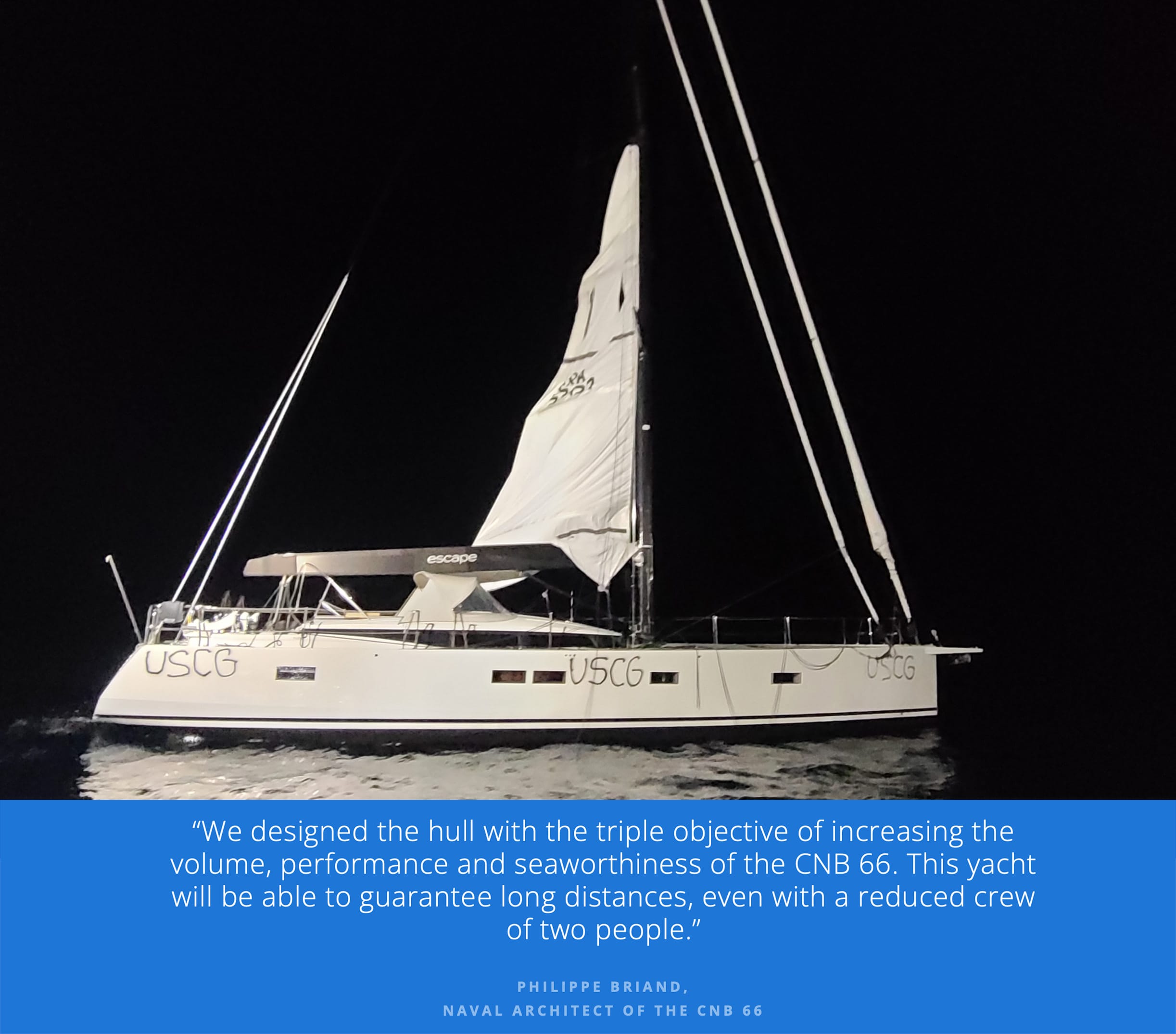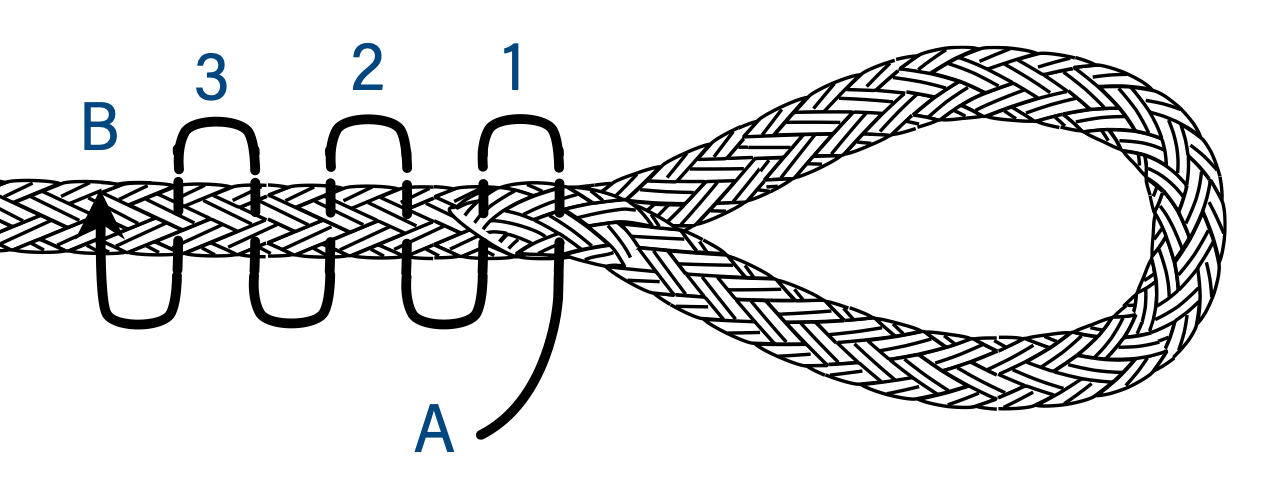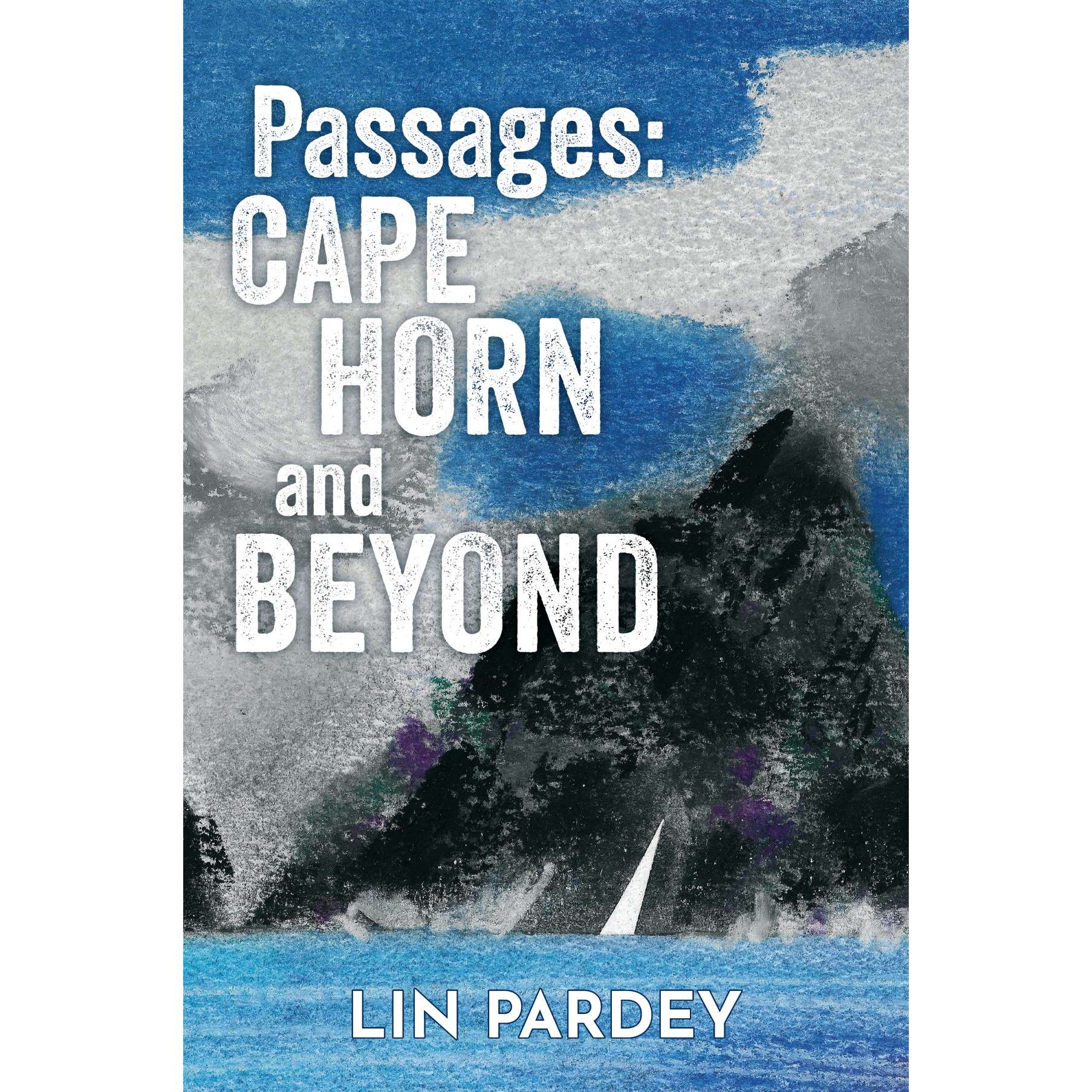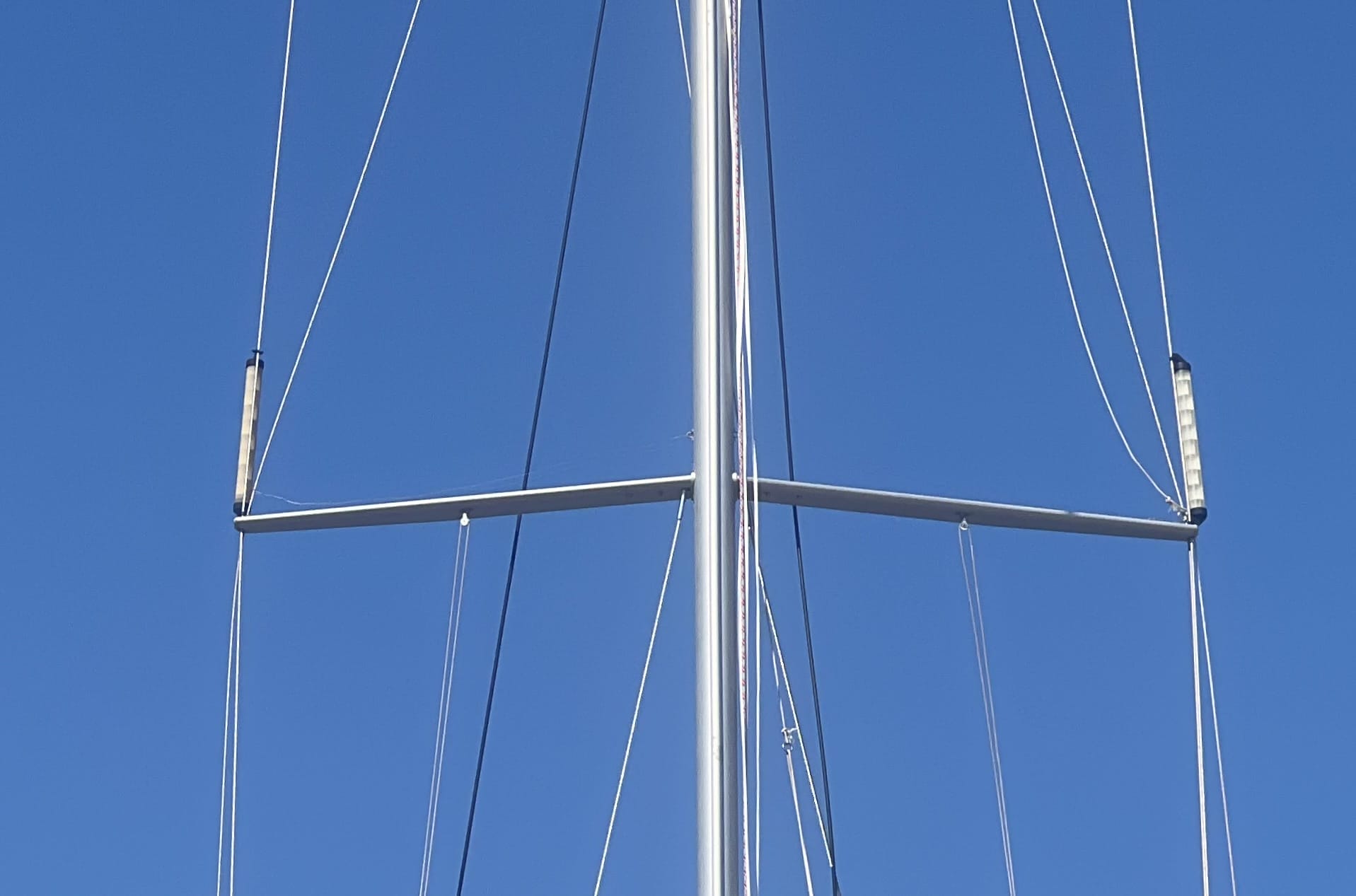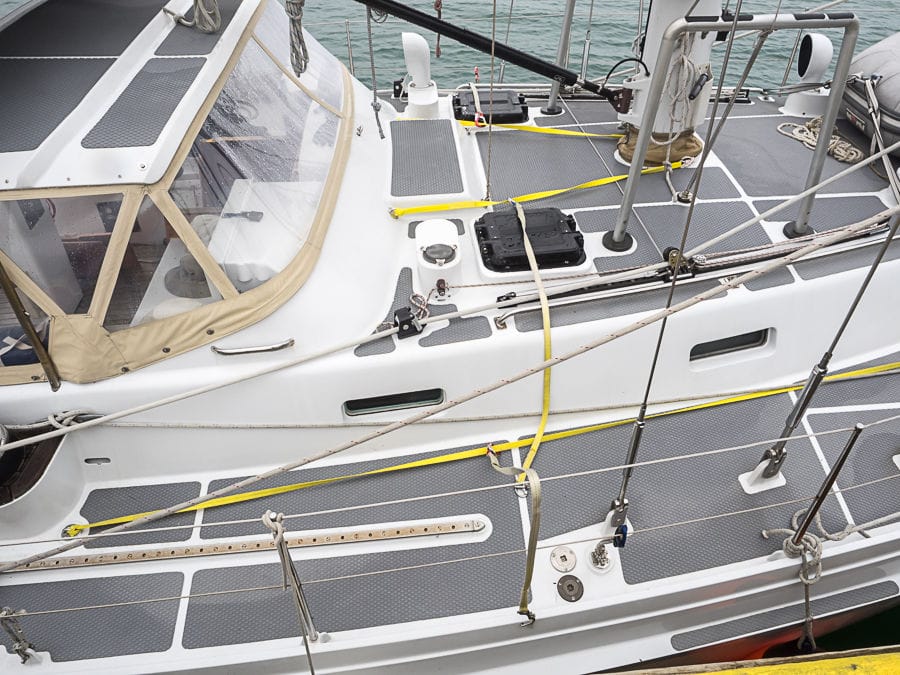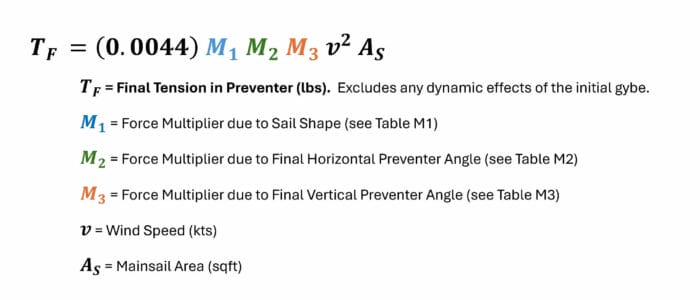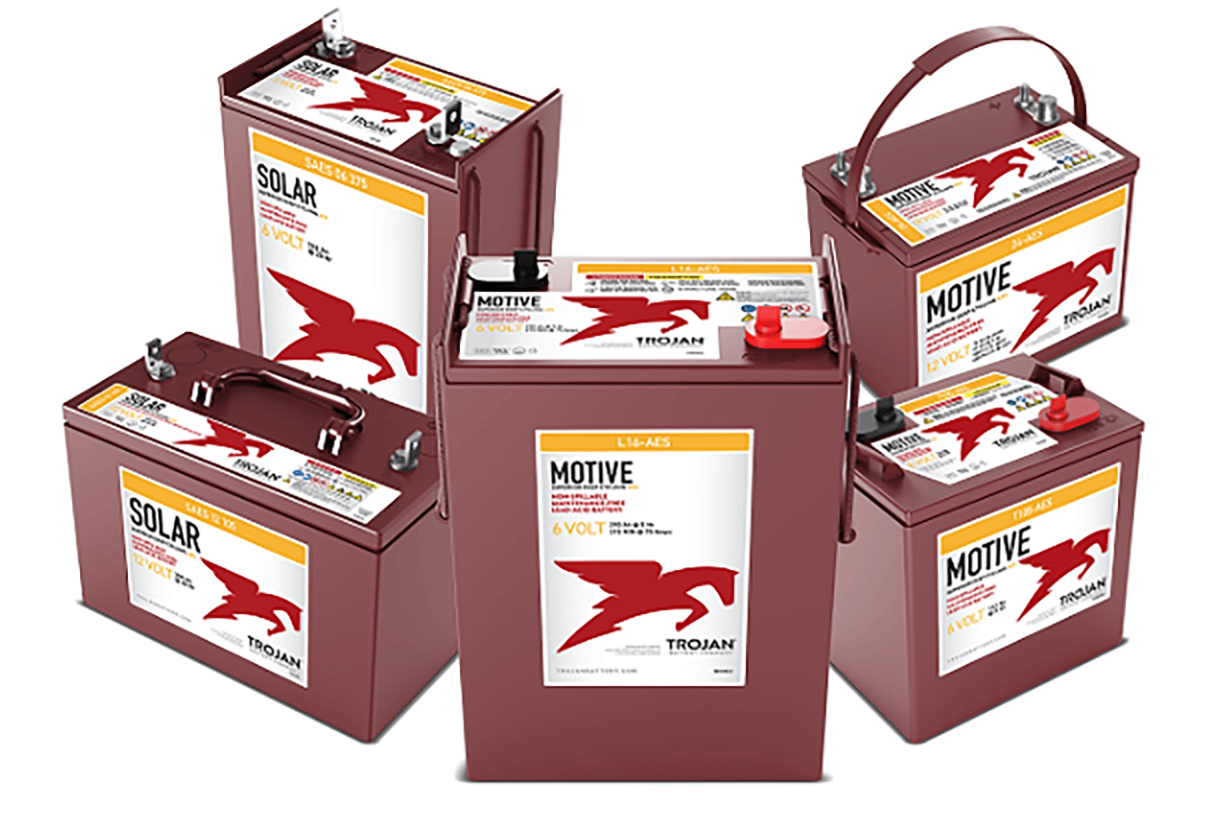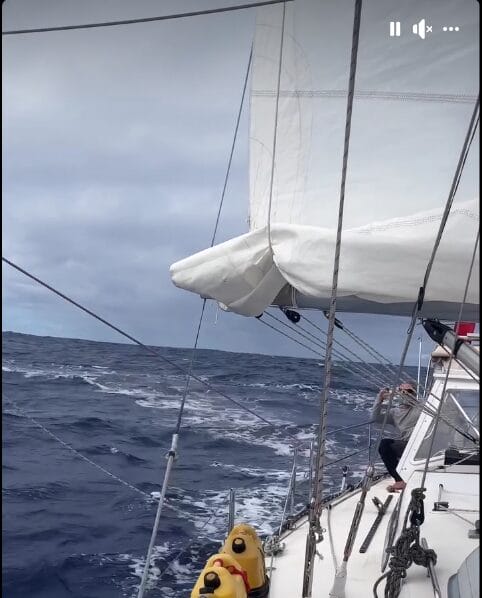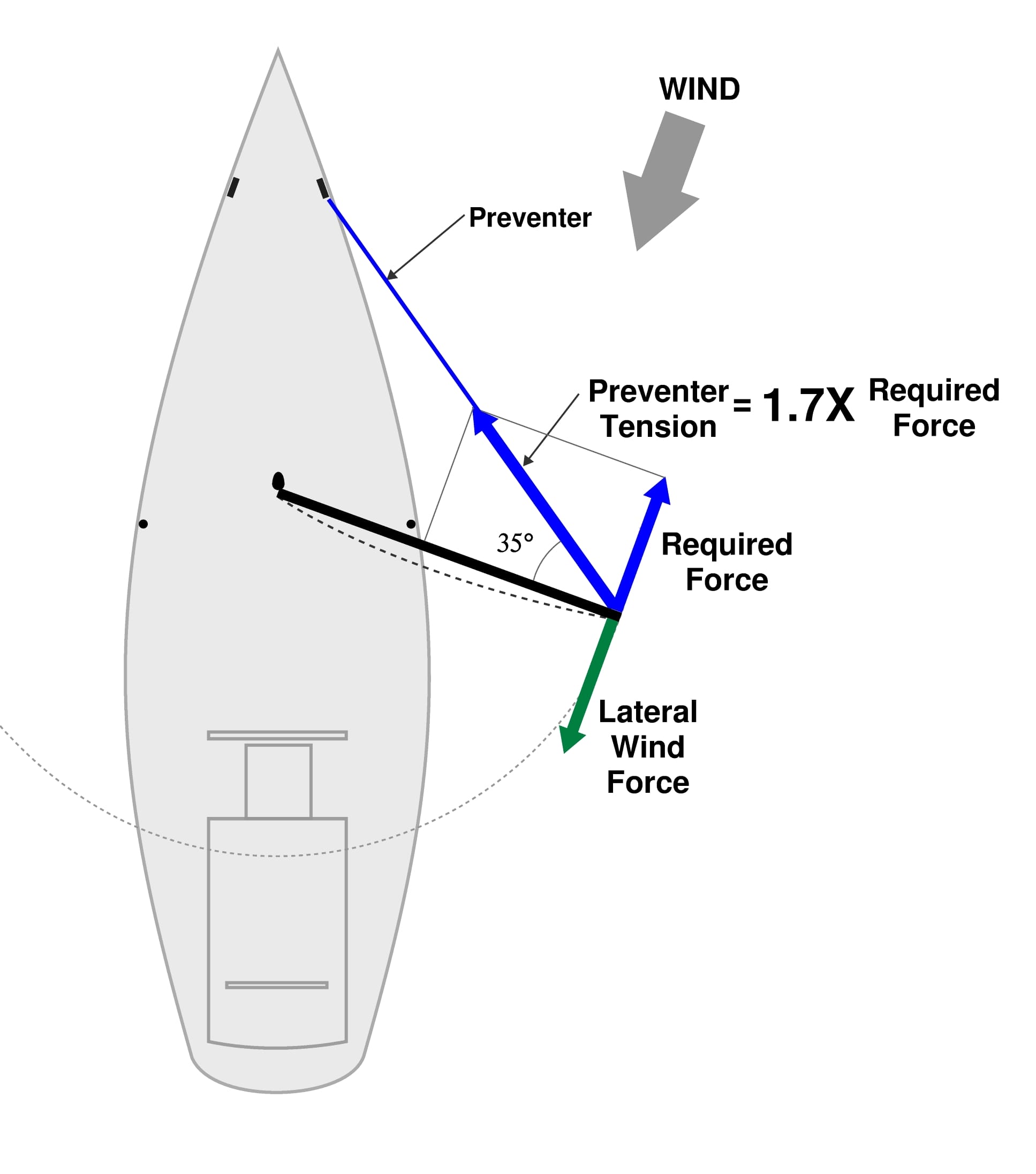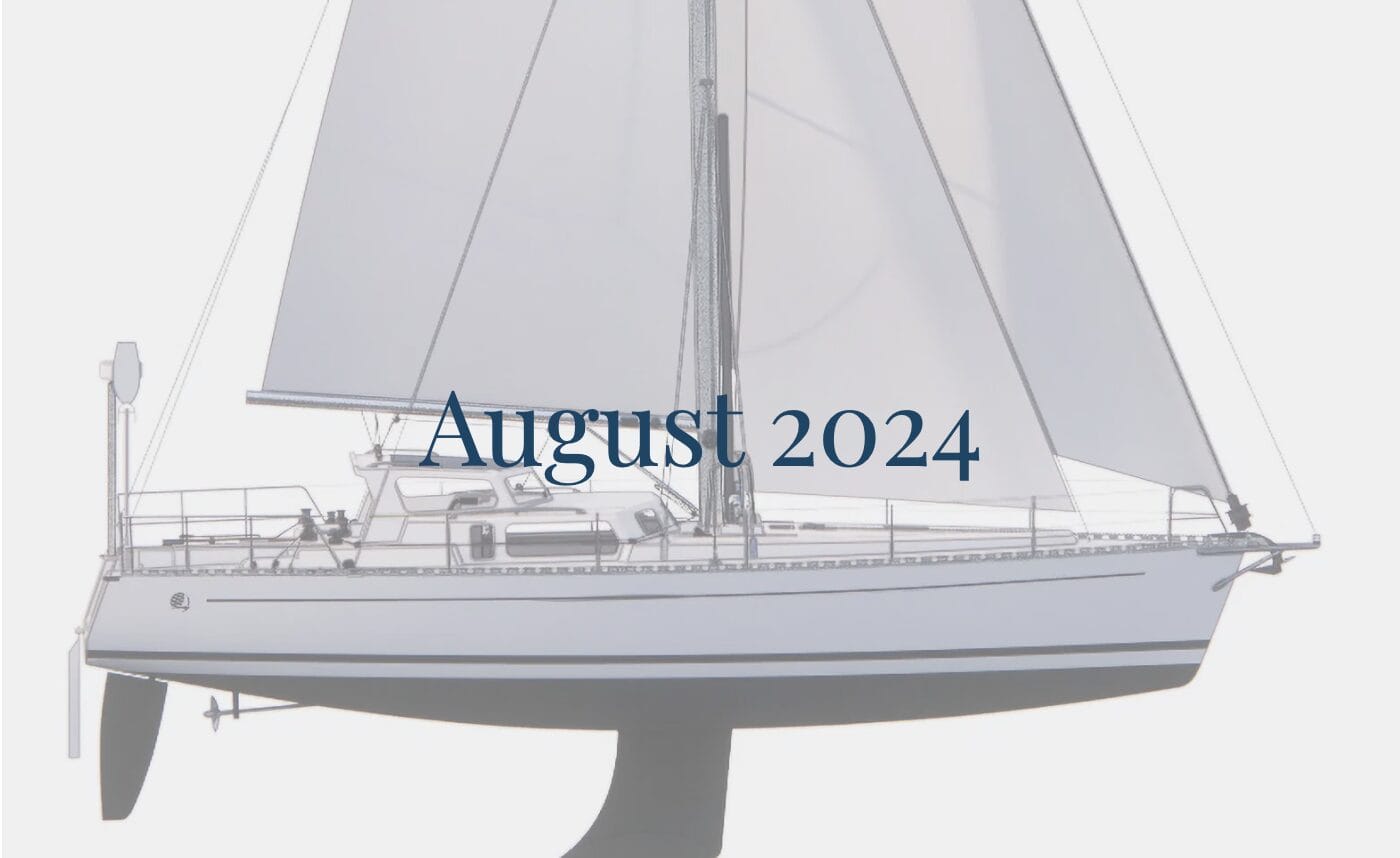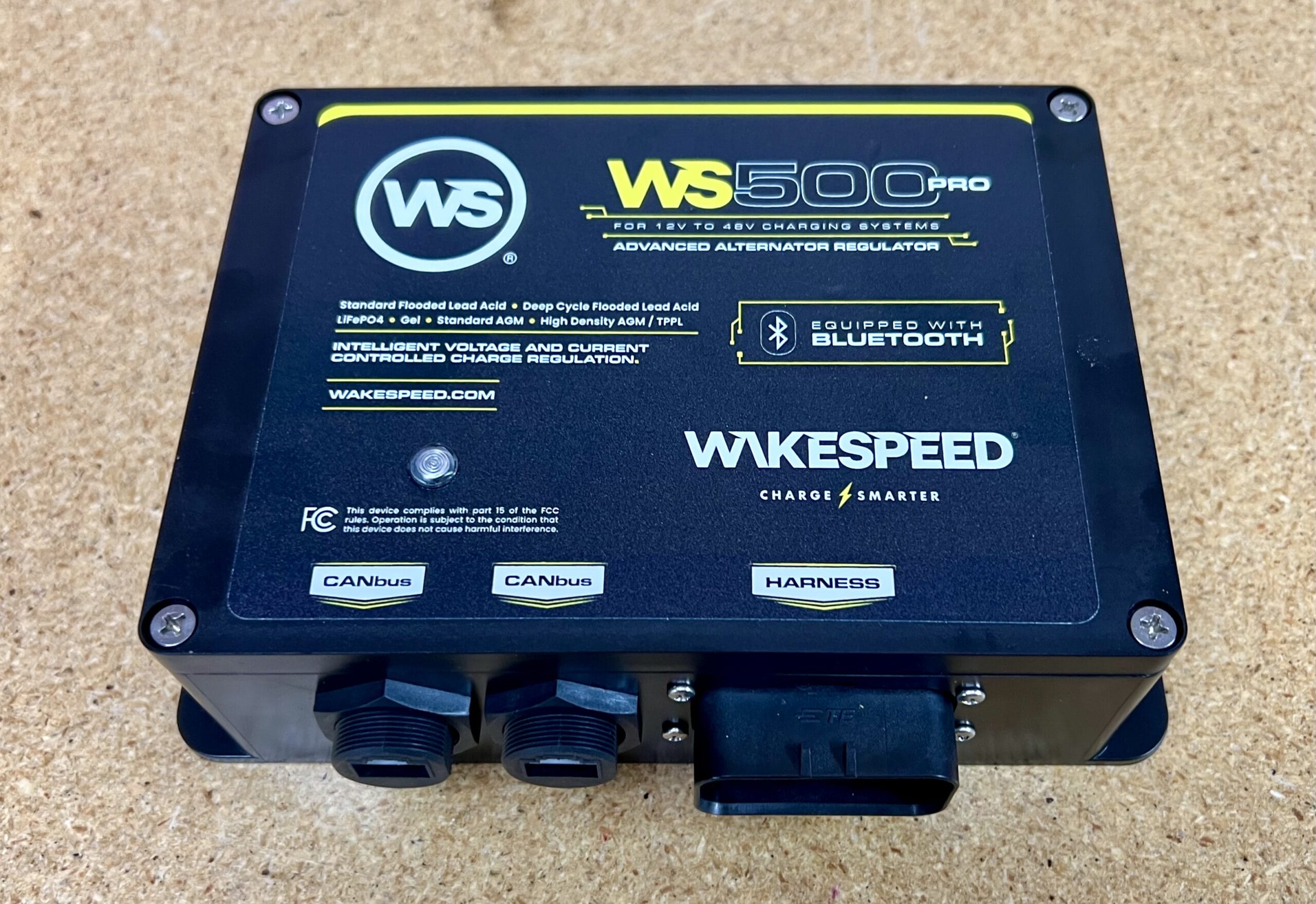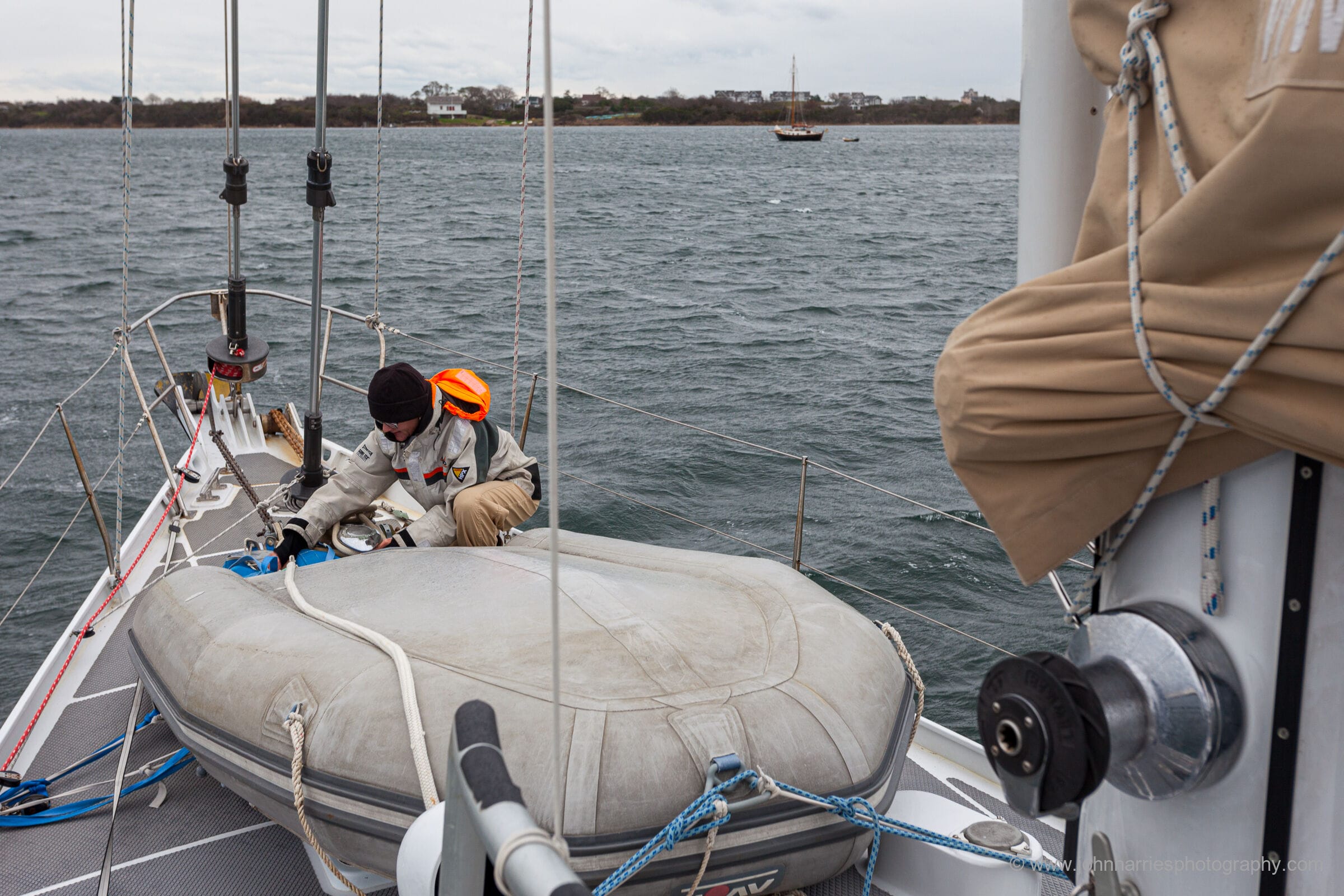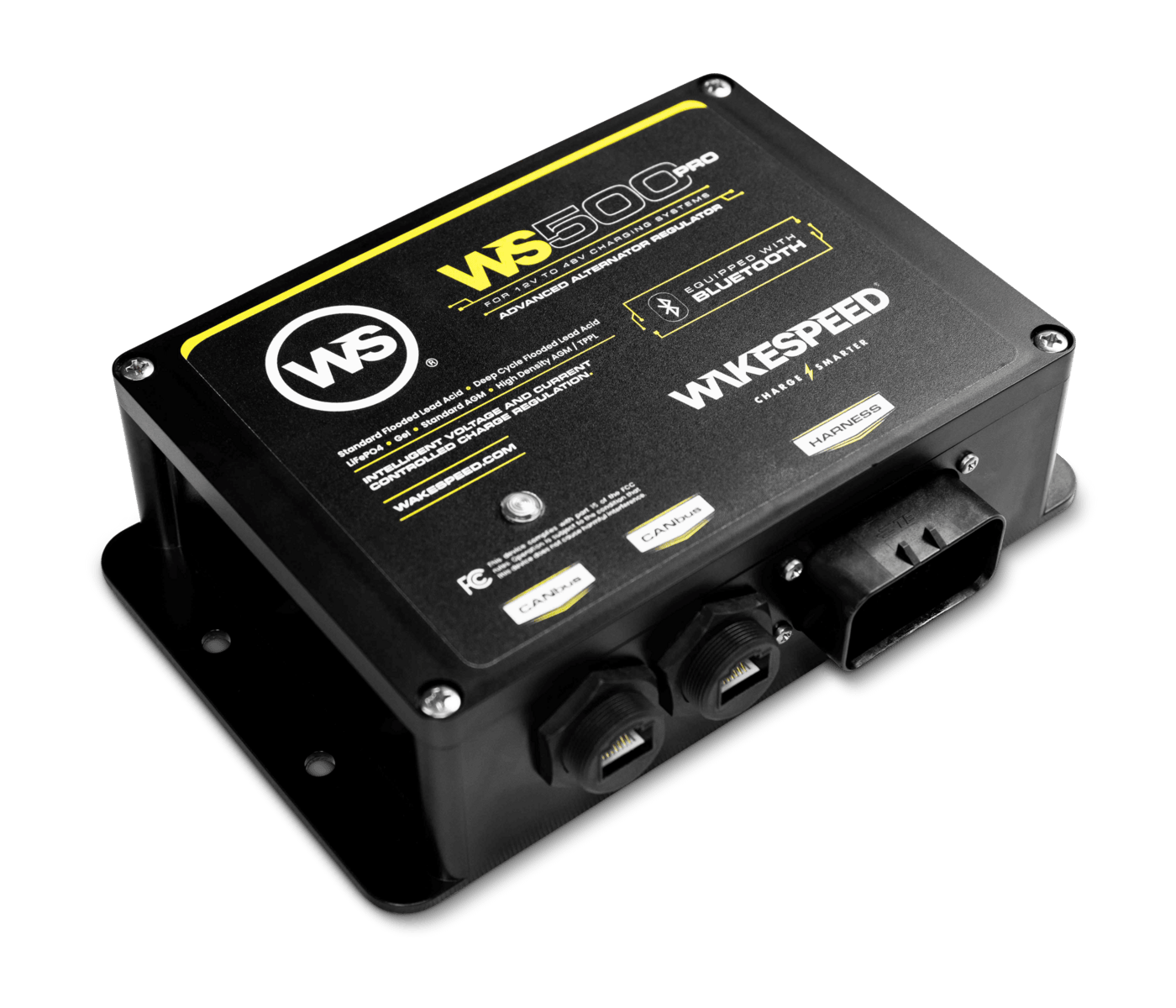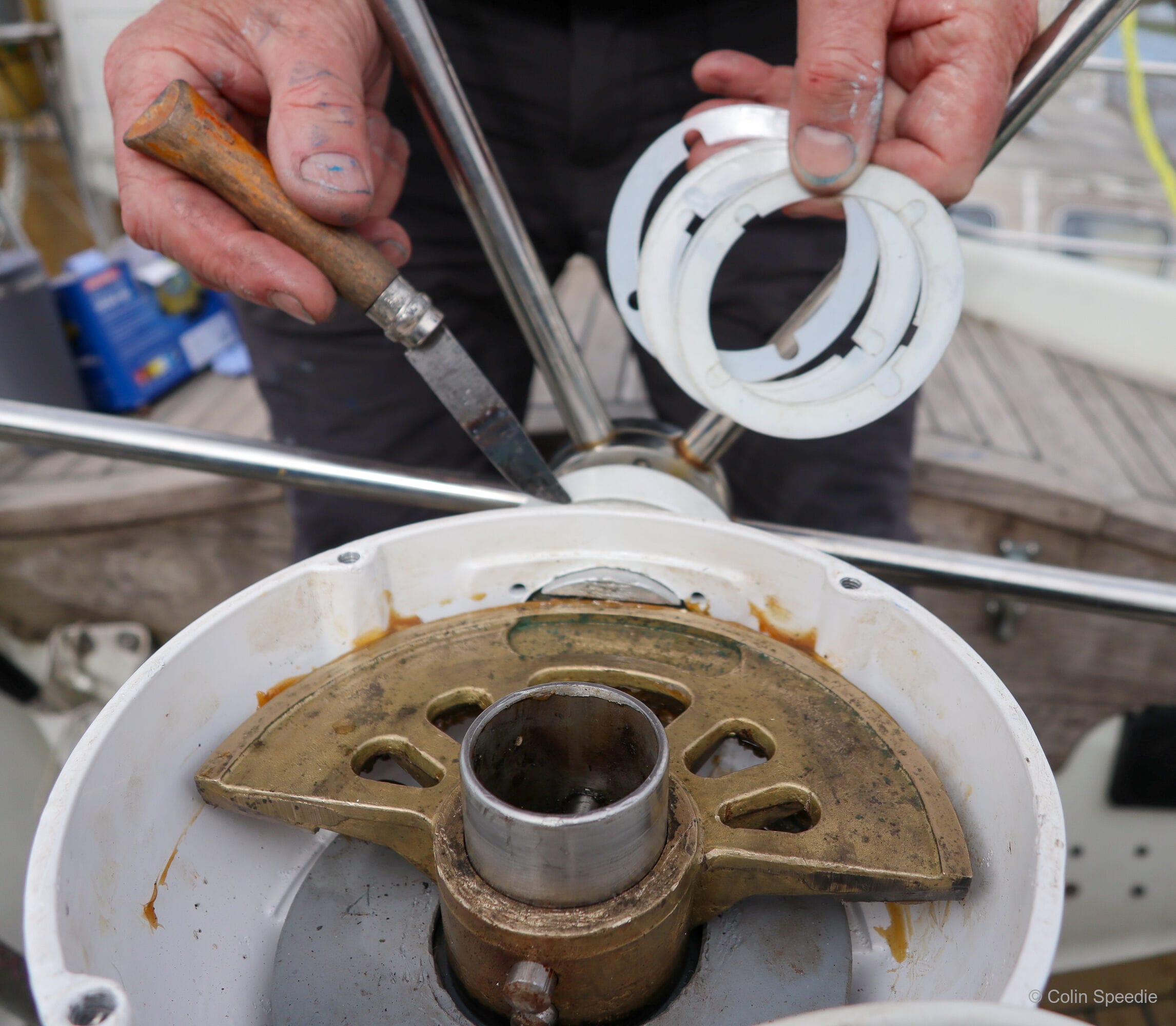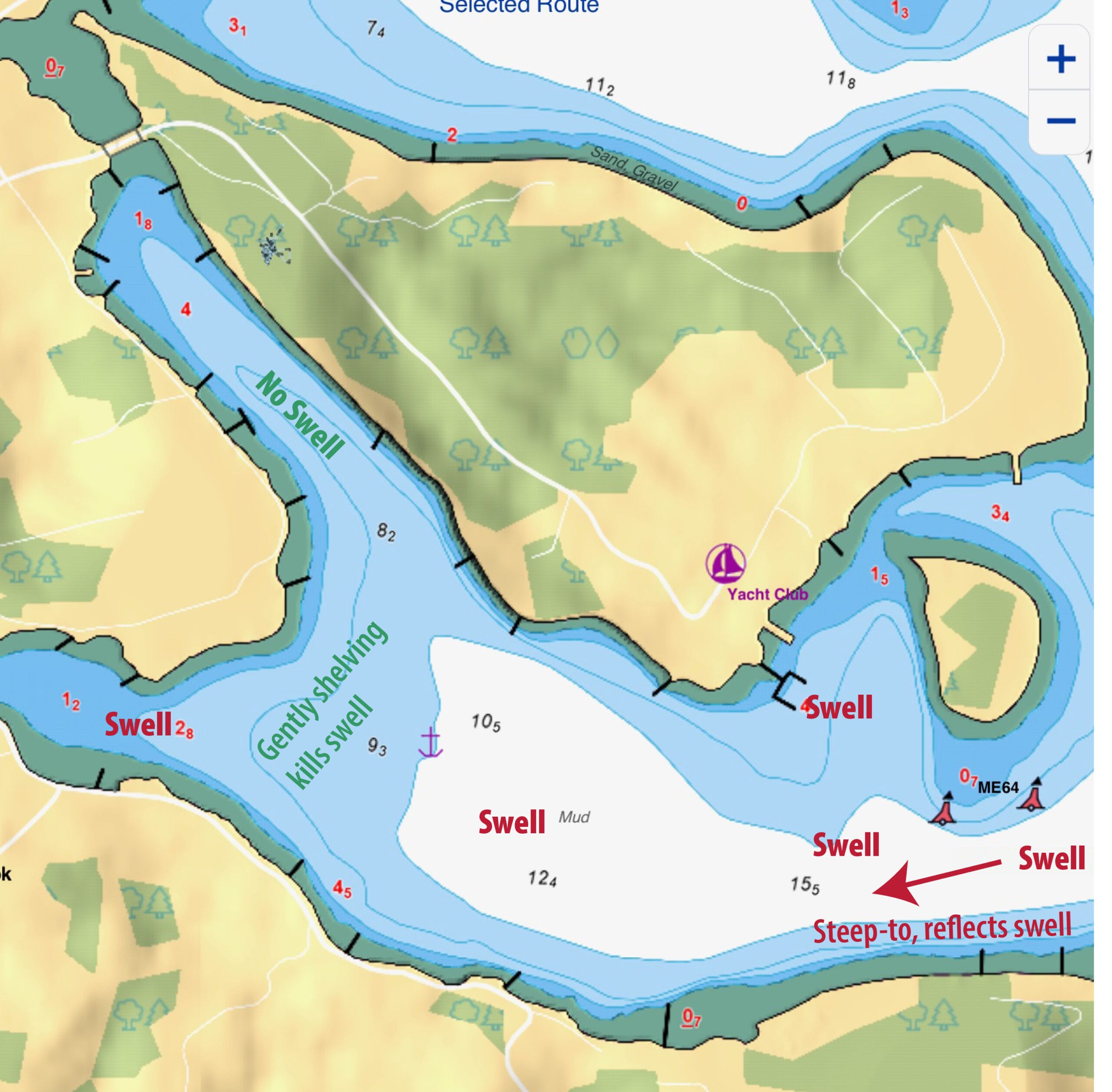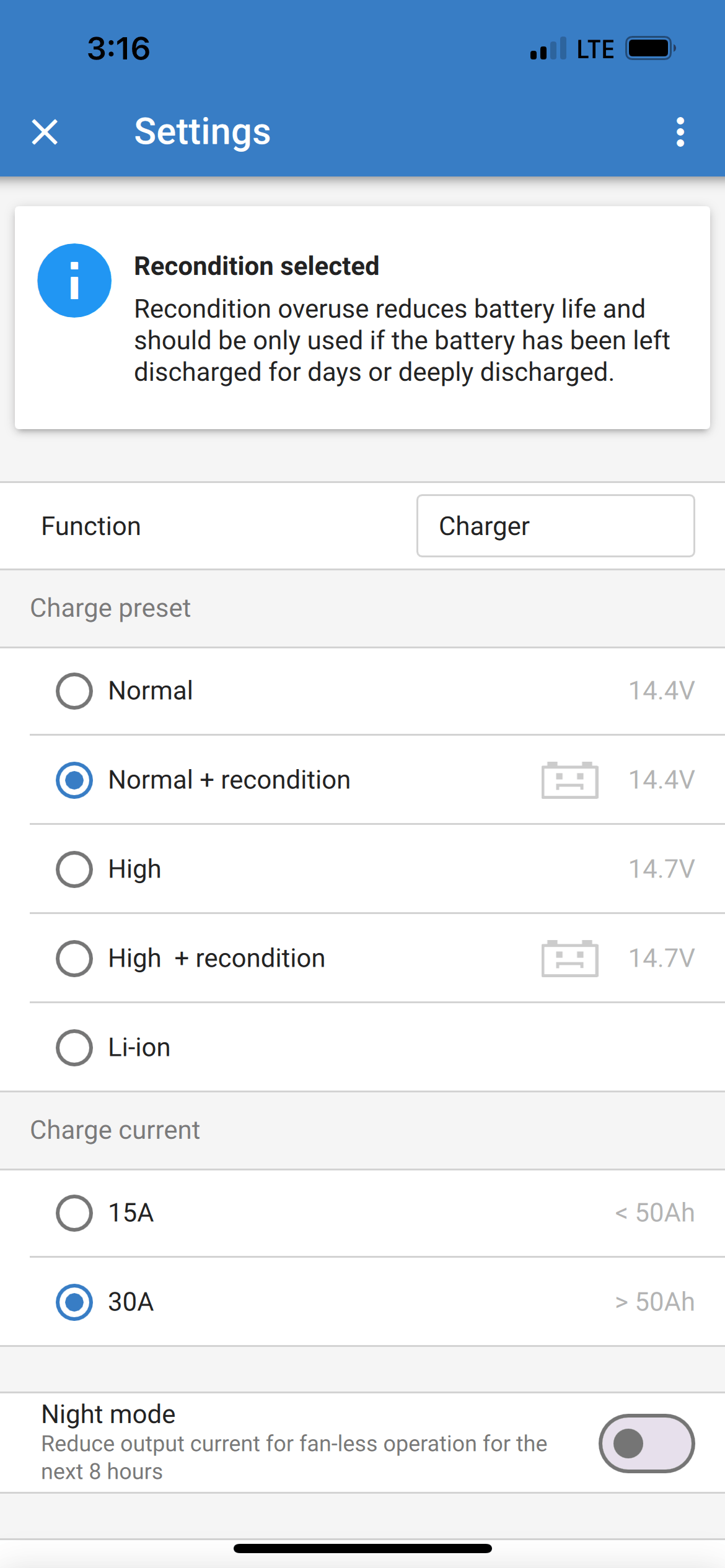-
When Is A Cruising Sailboat Too Big?
59 CommentsReading Time: 10 minutesMembersRead more: When Is A Cruising Sailboat Too Big?In recent years, cruising boats have got ever bigger, but what’s the safe upper limit, particularly for a shorthanded amateur crew? John used his 30 years of experience voyaging in a 56-foot boat to answer that vital question.
-
Lock Stitch Brummel Splices
6 CommentsReading Time: 2 minutesFreeRead more: Lock Stitch Brummel SplicesI have now been doing and using bury splices in 12-strand Dyneema long enough to have come to the conclusion that these splices should aways be lock stitched, regardless of whether or not they were made with a Brummel lock. Without lock stitching it’s just too easy for something to snag the splice near the […]
-
Is Your Engine Properly Fused?
21 CommentsReading Time: 5 minutesMembersRead more: Is Your Engine Properly Fused?I think most of us know that our engine start battery should be fused, but what about the rest of the engine harness. John was shocked to find the answer to that question.
-
Great New Book From Lin Pardey
3 CommentsReading Time: 2 minutesFreeRead more: Great New Book From Lin PardeyLin very kindly sent us a pre-release copy of her new book Passages: Cape Horn and Beyond (available October 15th). I have long been a fan of Lin’s writing but this is my favourite yet, I inhaled it. And that’s coming from a guy who does not read (or watch) a single cruising account from […]
-
Near-Useless Radar Reflectors
36 CommentsReading Time: < 1 minuteMembersRead more: Near-Useless Radar ReflectorsIt amazes me how many of these tubular radar reflectors I still see on boats years after two credible studies have shown them to be pretty much useless: Login to continue reading (scroll down). Paid membership required: Learn About Membership Get to know us for FREE Username Password Remember Me Forgot Password
-
Better Jacklines
19 CommentsReading Time: 6 minutesMembersRead more: Better JacklinesIn the last two chapters we discovered that the jackline systems most of us use for COB prevention are pretty much useless. Now we are moving on to what to do about that—the good stuff.
-
We Have An Adventure 40 Builder
38 CommentsReading Time: < 1 minuteFreeRead more: We Have An Adventure 40 BuilderGreat news, an experienced boatyard with great technical skills has committed to building the Adventure 40 and is already working with Maxime on planning the next steps, including reviewing the design with a view to both making improvements and optimizing for build efficiency. The builder agreed to have their identity revealed now, a further indicator […]
-
Building A Safer Boom Preventer, Part 2—Line and Gear Strength Calculator
74 CommentsReading Time: 5 minutesMembersRead more: Building A Safer Boom Preventer, Part 2—Line and Gear Strength CalculatorNow that we understand the forces and angles at work, Kurt shares a method and spreadsheet to calculate the actual forces on our own boats so that we can build a safe preventer system.
-
An Interesting Alternative To Lithium Batteries
28 CommentsReading Time: 2 minutesMembersRead more: An Interesting Alternative To Lithium BatteriesWe are all aware that in yacht use the Achilles Heel of lead-acid batteries is that only about 50%1 of the rated capacity can be used on a daily basis. But now Trojan, a well-respected brand, have released their AES AGM Battery with a claimed life of 1200 cycles to 100% discharge. These batteries are […]
-
Preventer Video
2 CommentsReading Time: < 1 minuteFreeRead more: Preventer VideoWe just published the first of a two-part article on building a safe boom preventer, and, by coincidence, John Kretschmer also published a video showing his preventer in action, including what happens when caught aback. John designed and specified his preventer using the work done by Kurt Zinsmeyer, the author of the AAC article. Well worth […]
-
Building A Safer Boom Preventer, Part 1—Forces and Angles
85 CommentsReading Time: 9 minutesMembersRead more: Building A Safer Boom Preventer, Part 1—Forces and AnglesTo build a safe preventer system, we must first understand how the forces combine and multiply to turn the boom into a potential killer.
-
Adventure 40 August Non-Report
16 CommentsReading Time: < 1 minuteFreeRead more: Adventure 40 August Non-ReportSeveral members have expressed concern that we have not published anything about the Adventure 40 since April. But this is a case where no news is not bad news, it’s simply no news. While it’s true that, for a variety of reasons, all outside Maxime’s control, not a lot has happened over the summer, he […]
-
Wakespeed WS500 Pro On Test
5 CommentsReading Time: 2 minutesFreeRead more: Wakespeed WS500 Pro On TestWell, that was quick. It was just last week that I shared that the WS500 Pro was on time, and today what should turn up here at AAC World Headquarters, but a fully functioning production unit. Al put on his red suit and slipped down the chimney to put it under the tree…wait, that’s not […]
-
Surviving Storms While Coastal Cruising—21 Preparation Tips
30 CommentsReading Time: 11 minutesMembersRead more: Surviving Storms While Coastal Cruising—21 Preparation TipsWe have selected a good harbour to ride out a storm, now how do we prepare?
-
Wakespeed WS500 Pro On Time
4 CommentsReading Time: < 1 minuteFreeRead more: Wakespeed WS500 Pro On TimeIn April I hinted about a Bluetooth-enabled version of the WS500, our favourite alternator regulator, and in late June I confirmed that the WS 500 Pro had been announced, for shipment in “fall of 2024”. That said, I always worry that products announced before they are ready to ship will be late, often horribly. Anyway, […]
-
North Sails—Another Monopoly
42 CommentsReading Time: 2 minutesFreeRead more: North Sails—Another MonopolyI’m a capitalist. But I also strongly believe that capitalism should be played with rules and a referee. After all, as Scott Galloway is wont to say, it’s a full-body contact sport and would we let people play rugby or American football without a ref on the field? Might not end well. But that’s exactly […]
-
Rebuilding a Cobra Yacht Steering System—Reassembly
5 CommentsReading Time: 9 minutesMembersRead more: Rebuilding a Cobra Yacht Steering System—ReassemblyIn Part 1 Colin pulled his steering apart and found some frightening defects, now he gets into fixing it right.
-
Surviving Storms While Coastal Cruising—9 Tips for Anchorage and Harbour Selection
42 CommentsReading Time: 11 minutesMembersRead more: Surviving Storms While Coastal Cruising—9 Tips for Anchorage and Harbour SelectionWe are coastal cruising and a storm is forecast. So how do we choose the right harbour or anchorage to ride it out in? These 9 tips will help.
-
The Correct Shore Power Charger Profile To Use For Lead-Acid Batteries
0 CommentsReading Time: 3 minutesMembersRead more: The Correct Shore Power Charger Profile To Use For Lead-Acid BatteriesAs I have written before, most shore power chargers are far less smart than they claim to be. The problem is that unless chargers are connected to and compatible with monitoring systems like Victron Cerbo with Distributed Voltage and Current Control (DVCC) enabled, or Victron BMV with VE Smart Networking, they have no way to […]
-
Rebuilding a Cobra Yacht Steering System—Disassembly and Inspection
11 CommentsReading Time: 11 minutesMembersRead more: Rebuilding a Cobra Yacht Steering System—Disassembly and InspectionThe idea of buying an old boat and going cruising is attractive, but there are also harsh realities to be aware of, like that the steering system is often a ticking time bomb. Not a lot of romance here, but lots of good experience-based advice.
-
Great iPhone Mount
7 CommentsReading Time: 2 minutesFreeRead more: Great iPhone MountWhile I firmly believe that navigating on a phone is a very bad idea, and I’m no fan of installing navigation devices of any type on the steering pedestal (distraction), I have run into a situation where having my iPhone close to hand while steering is desirable: When anchoring I need to activate the Vesper […]
-
Surviving Storms While Coastal Cruising—12 Strategy Tips
18 CommentsReading Time: 9 minutesMembersRead more: Surviving Storms While Coastal Cruising—12 Strategy TipsMillions of words are written about managing storms offshore, but what about when coastal cruising? Here are some real-world proven strategies.
-
Fitting Jib In-Haulers
11 CommentsReading Time: 3 minutesMembersRead more: Fitting Jib In-HaulersThe in-haulers in action. A couple of weeks back I wrote about how jib in-haulers have pretty much removed the need to carry overlapping genoas on a J/109, like our Morgan’s Cloud. Several members expressed interest in learning more, so here are a few photos and some notes on how I set up our system. […]
-
A Nasty Danger of Twin Rudders
12 CommentsReading Time: 2 minutesFreeRead more: A Nasty Danger of Twin RuddersAs most of our regular readers know, we at AAC are not fans of twin rudders for a whole bunch of reasons, including complexity, vulnerability to damage and because they can’t be used in conjunction with prop wash to manoeuvre a boat, thereby making a bow thruster pretty much required for safe docking. But now […]
-
10 Reasons Why Hybrid Lithium Lead-Acid Systems are a Bad Idea
47 CommentsReading Time: 5 minutesMembersRead more: 10 Reasons Why Hybrid Lithium Lead-Acid Systems are a Bad IdeaI have been frequently asked for my thoughts on systems where lithium and lead-acid batteries are connected in parallel. Here you go.
